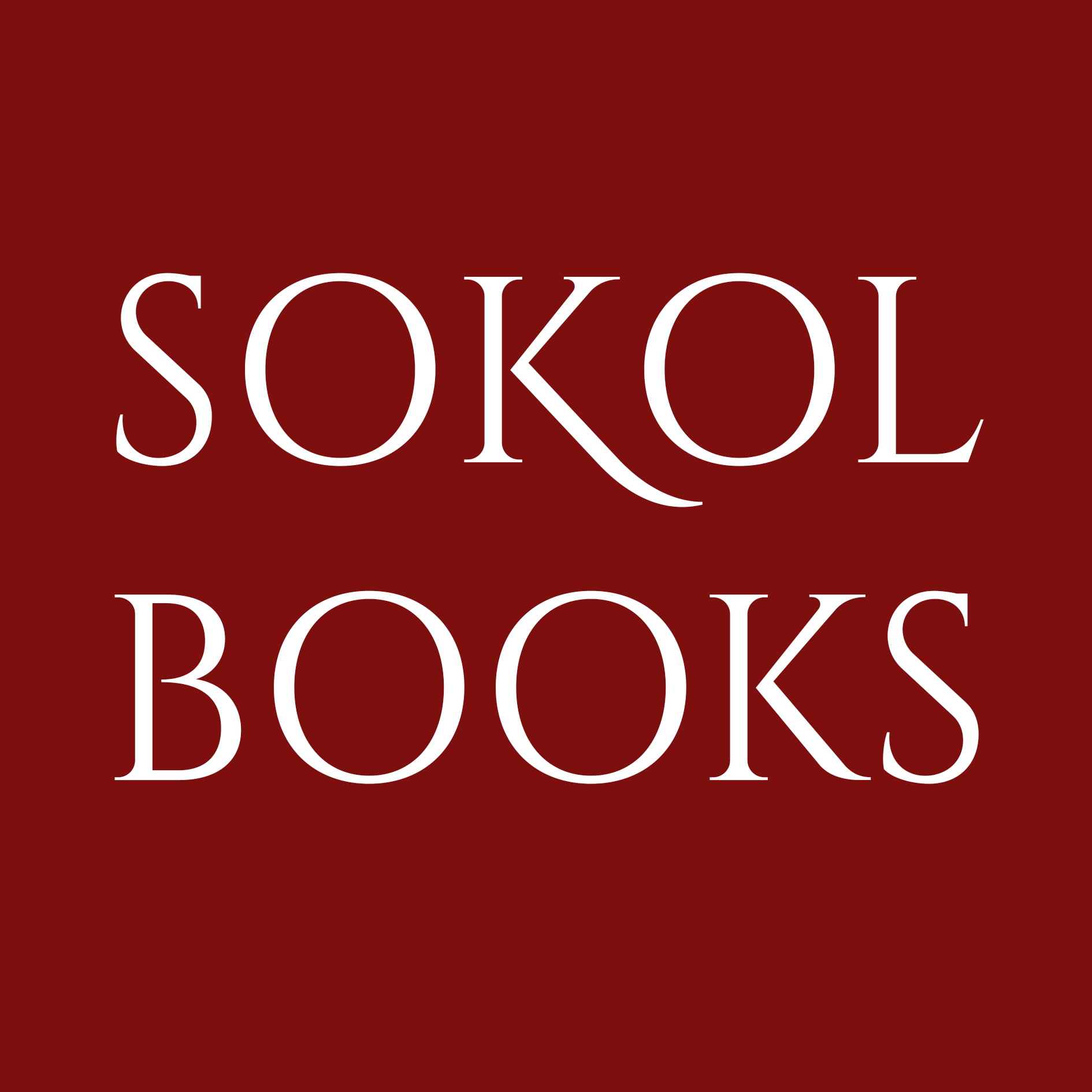GONZAGA DI GAZZUOLO, Lucrezia
Lettere.
Vinegia, [Gualtero Scotto], 1552.£5,250.00
FIRST EDITION. 8vo. pp. (ii) 328 (vi). Italic with headers in Roman letter. Woodcut printer’s device to t-p. Woodcut initial. Original limp vellum wrappers on three supports, yapp edges, remains of ties. Early ex libris, ‘Jo[hannes]. Mariae Mazzachella,’ with shelfmark, to front pastedown, another, later, to t-p. Contemporary ms. marks in ink to the table of recipients at rear noting certain names, some with corresponding marks to margin of text, several instances of underlining and annotations identifying recipients, not necessarily the same hand as Mazzachella’s. A few quires with light marginal foxing and waterstain to lower corner, a very good well margined copy.
First edition of this collection of letters by the Italian noblewoman Lucrezia Gonzaga (1522-1576), who was noted for her learning, now ‘brought to light for the glory of the female sex.’ Her only published work, it was edited by Ortensio Lando (c. 1510-1558), a mercurial writer whose entire oeuvre would be placed on the Index Librorum Prohibitorum, and who frequently impersonated women authors by appropriating their names in his writings. ‘Gonzaga first appears as the author and recipient of a handful of letters in an anthology put together by Lando in 1548, the Lettere di molte valorose donne (Letters of Many Valorous Women), and again in his Consolatorie (Letters of Consolation) of 1550. She then assumes a much greater role as Lando’s interlocutor and student in a religious dialogue published by him in 1552… The Lettere … cemented Gonzaga’s public image as a woman both learned and virtuous, detailing her girlhood studies in Latin and Greek under the tutelage of the writer Matteo Bandello (c. 1480-1562), her early marriage to a notorious condottiere later arrested for trying to murder the Duke of Ferrara, and her dutiful efforts on her husband’s behalf despite his crimes’ (Meredith R Kay, ‘Textual Collaboration and Spiritual Partnership in Sixteenth-Century Italy: The case of Ortensio Lando and Lucrezia Gonzaga’ in Renaissance Quarterly, 62.3 (2009), pp. 694-747). The contemporary reader of this volume was apparently more interested in the recipients than in the content of Gonzaga’s letters.
Not in Gamba. Adams I, G 863. BM STC It., p. 309.

